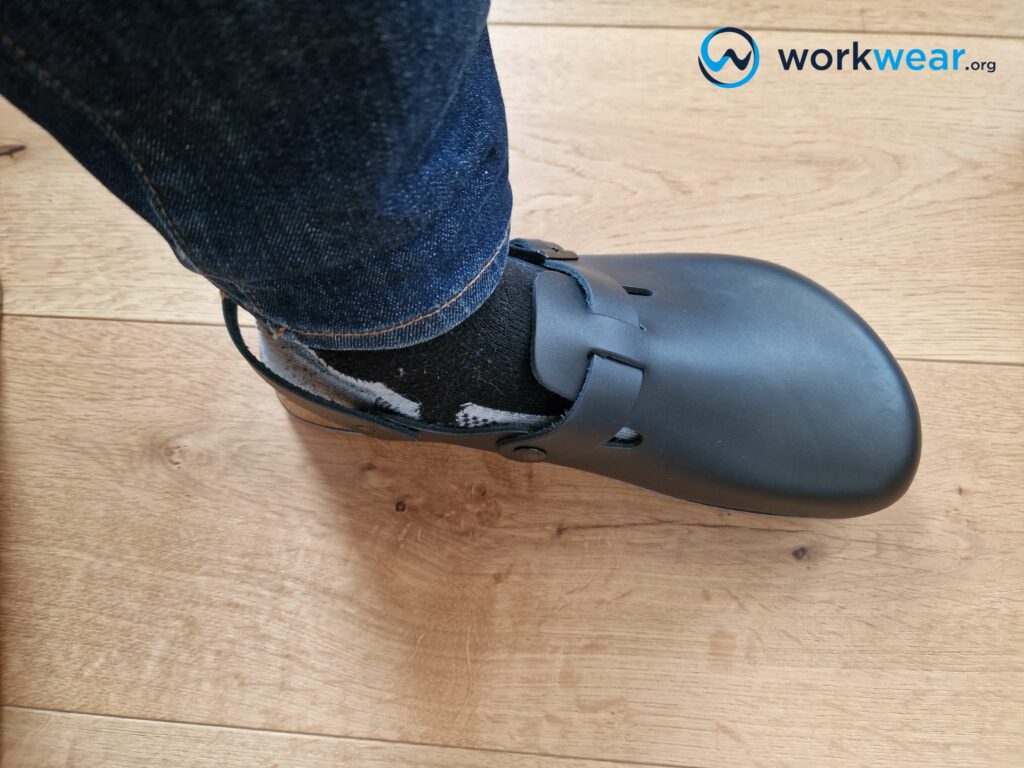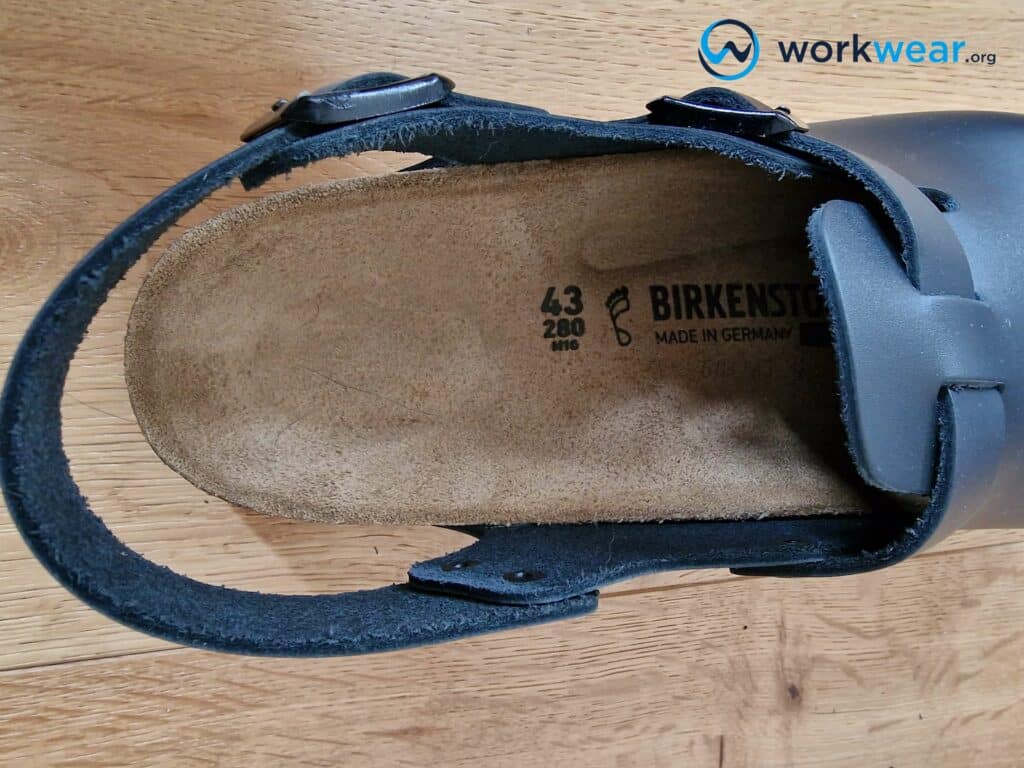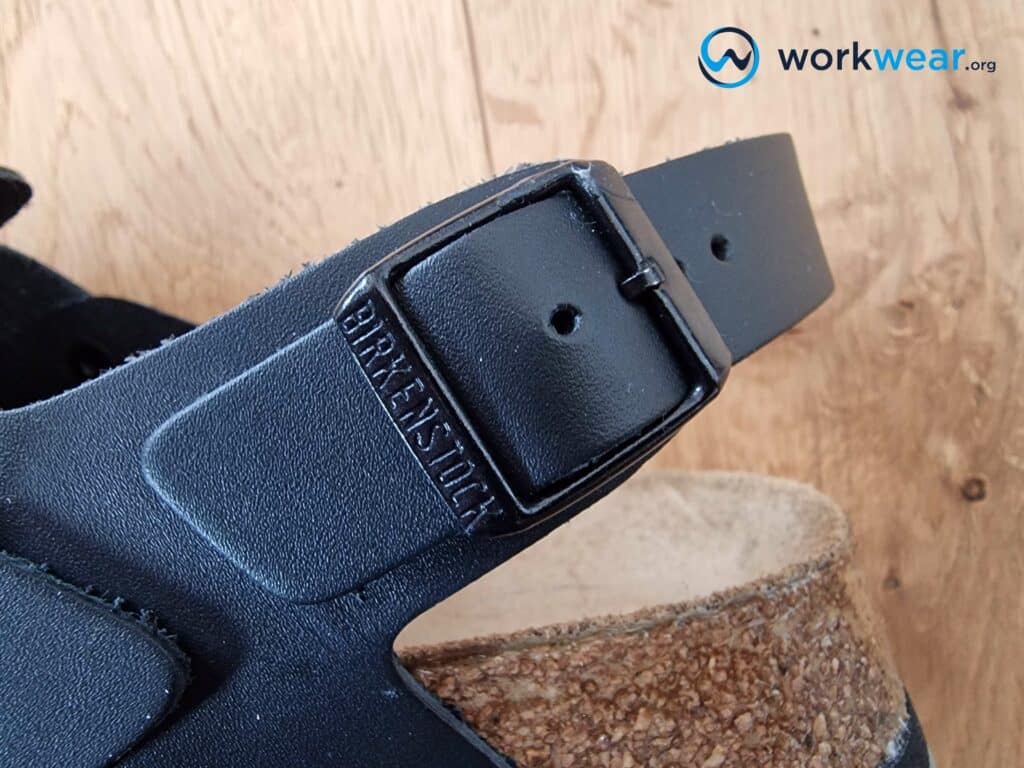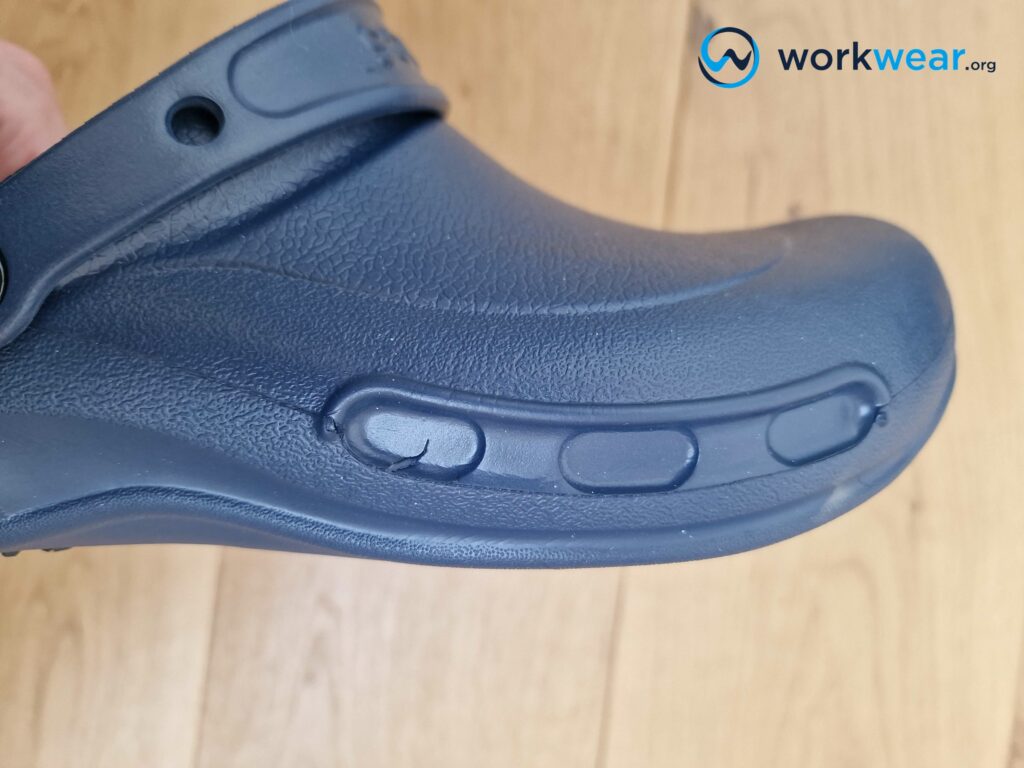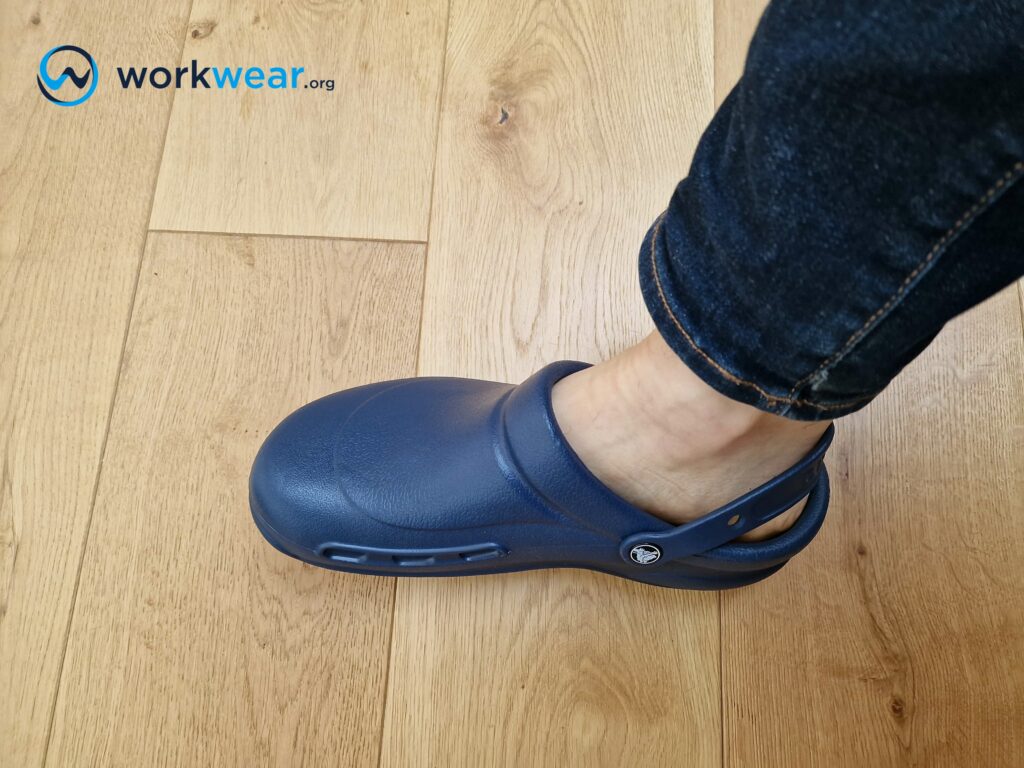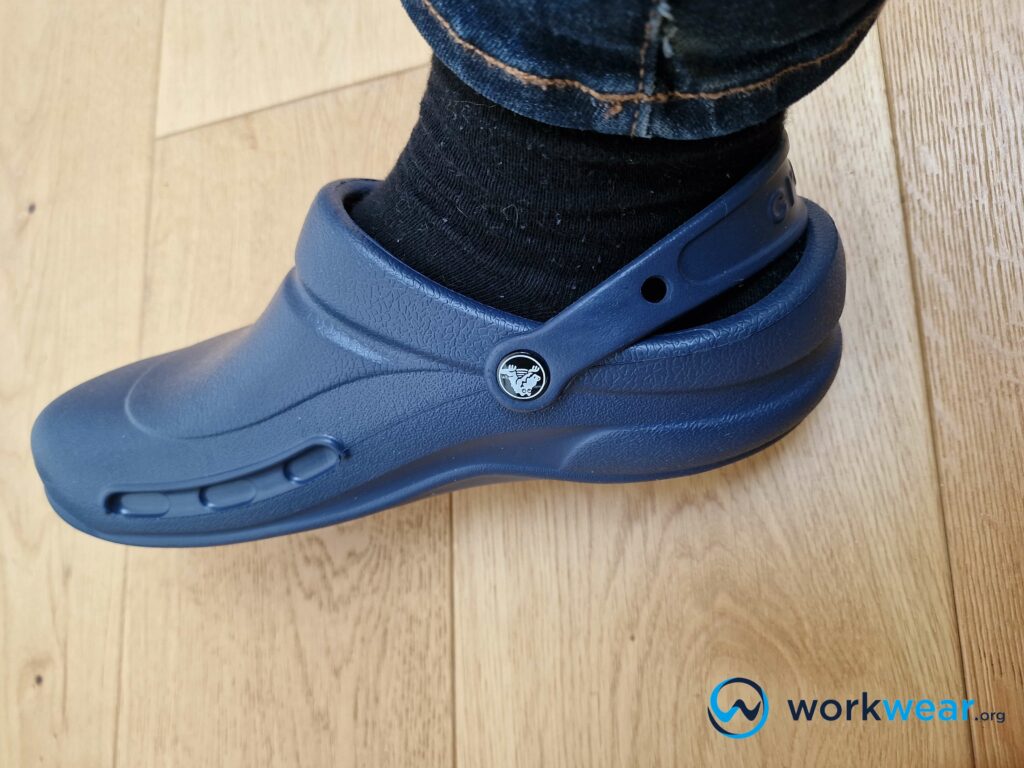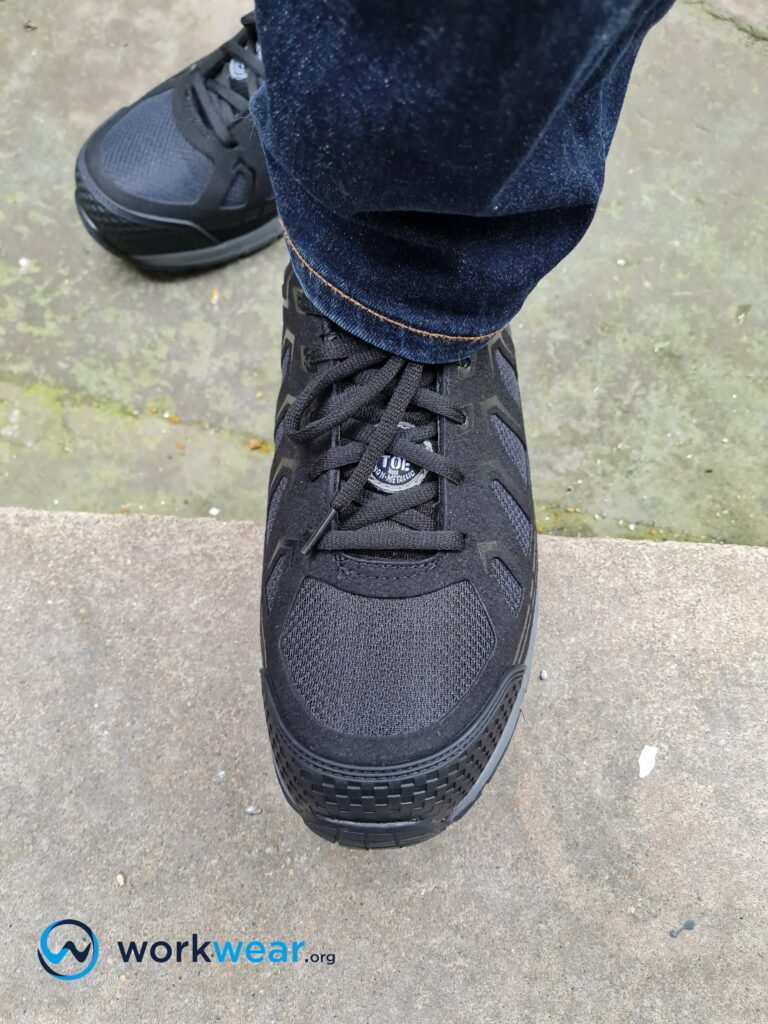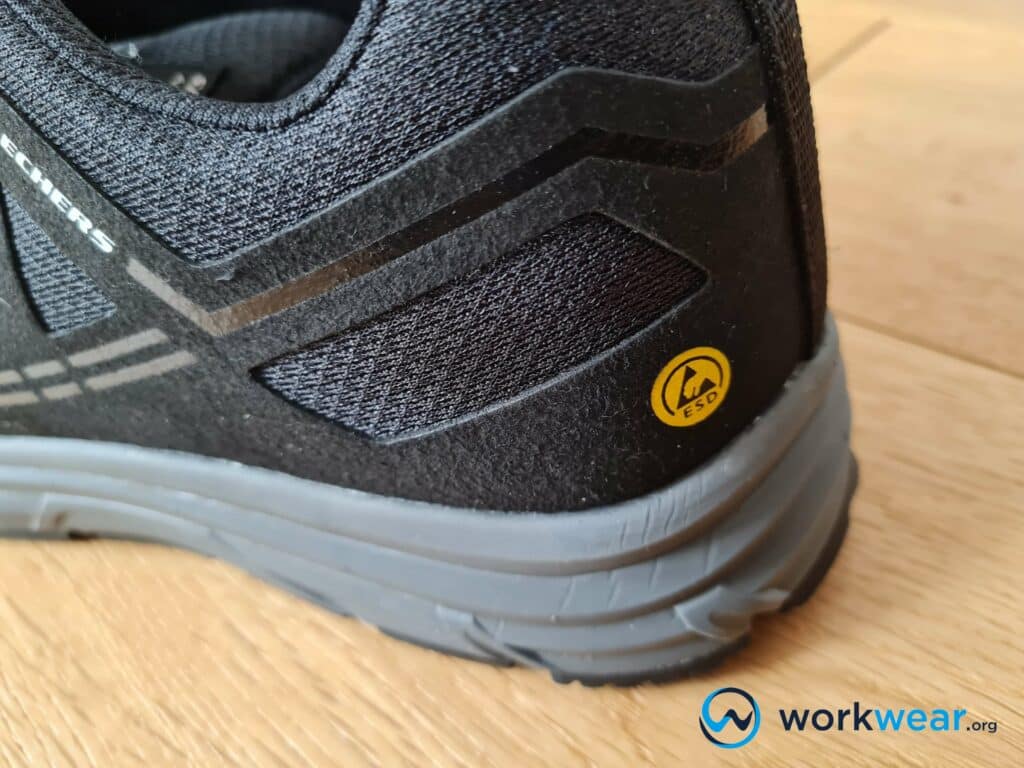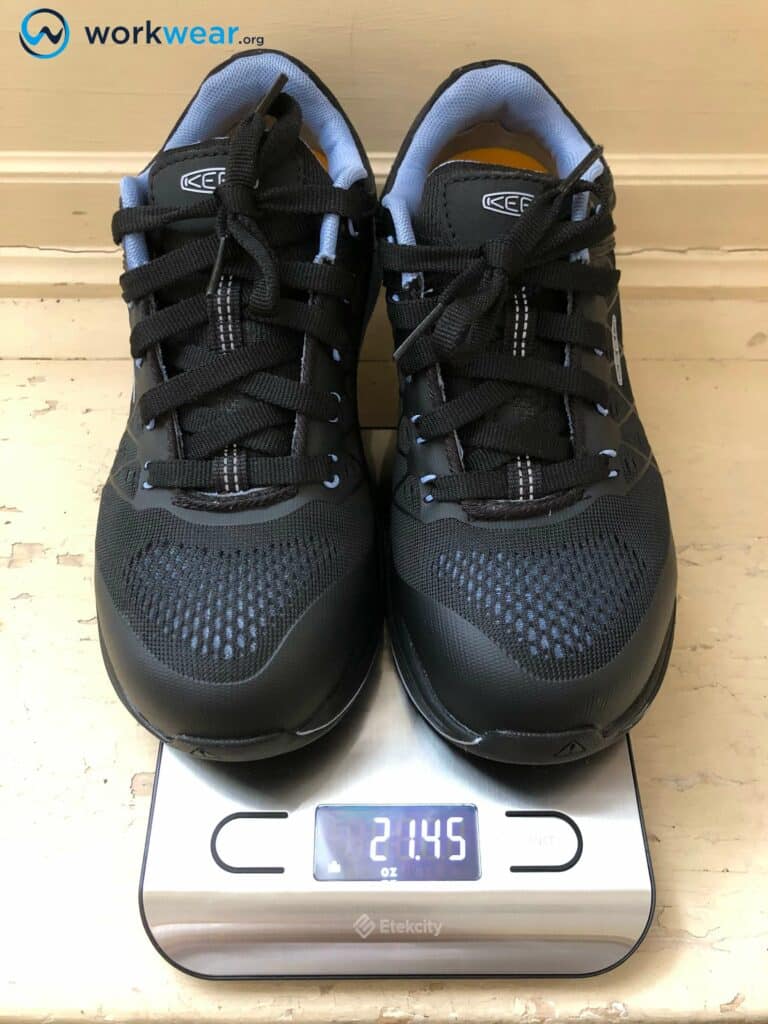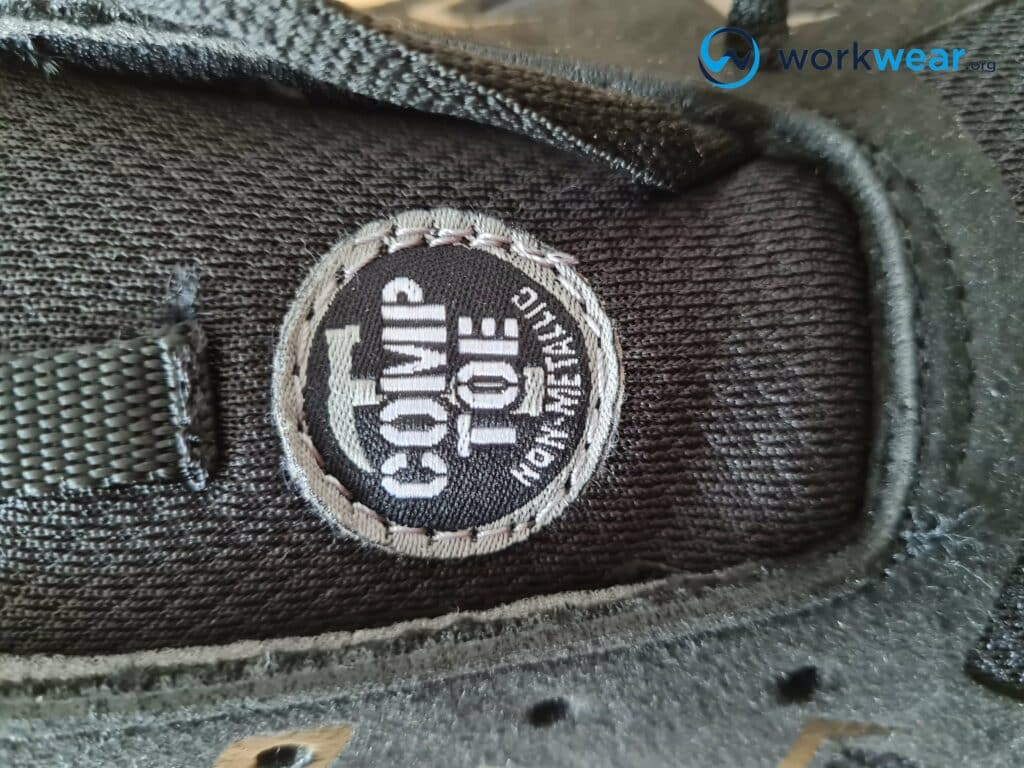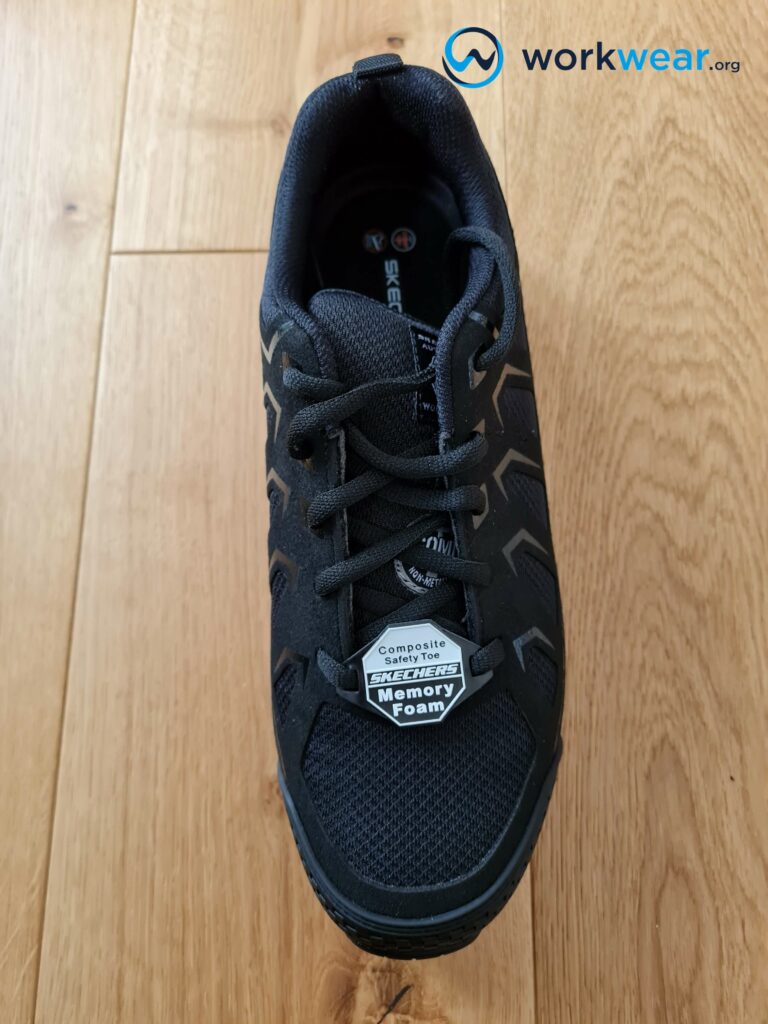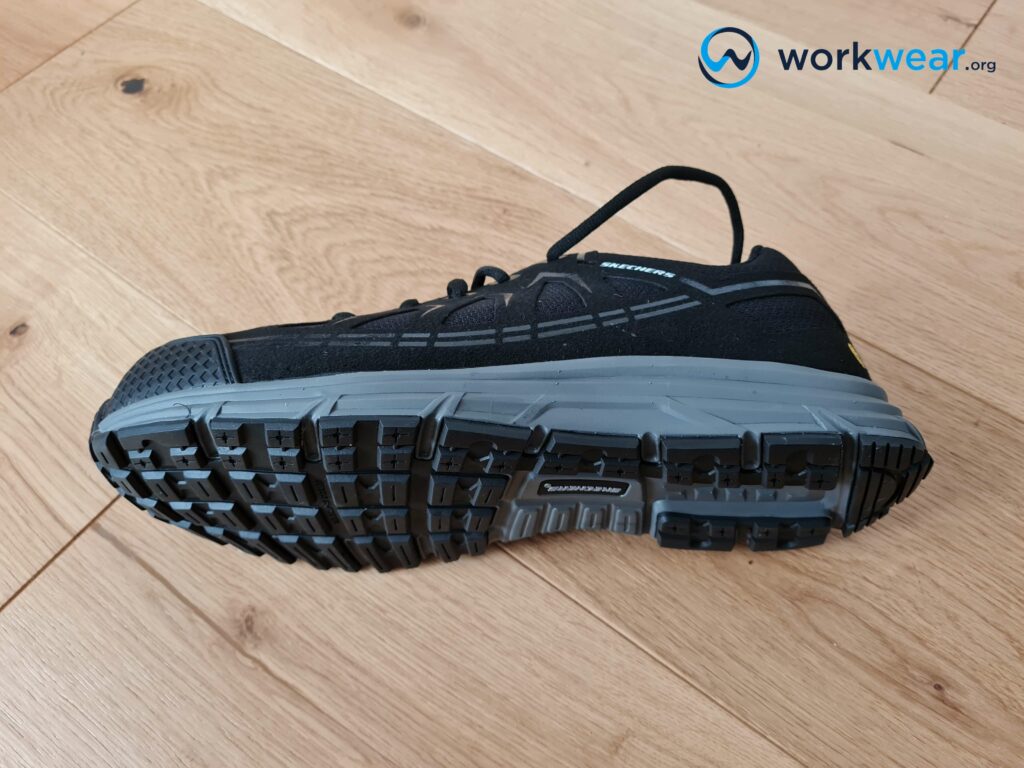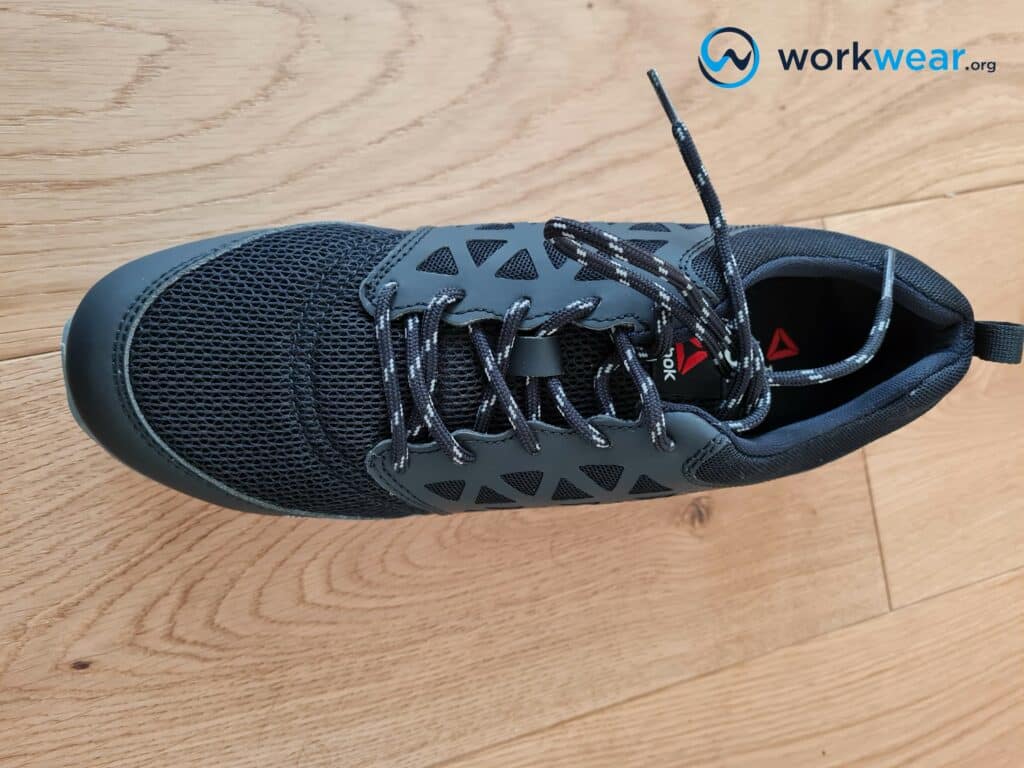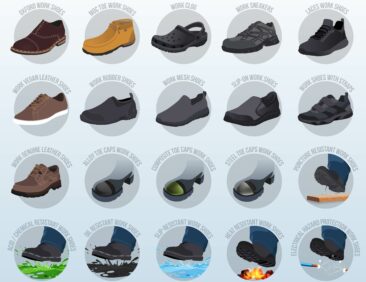Work Clogs vs. Work Shoes: Comparing Footwear Options for Your Job
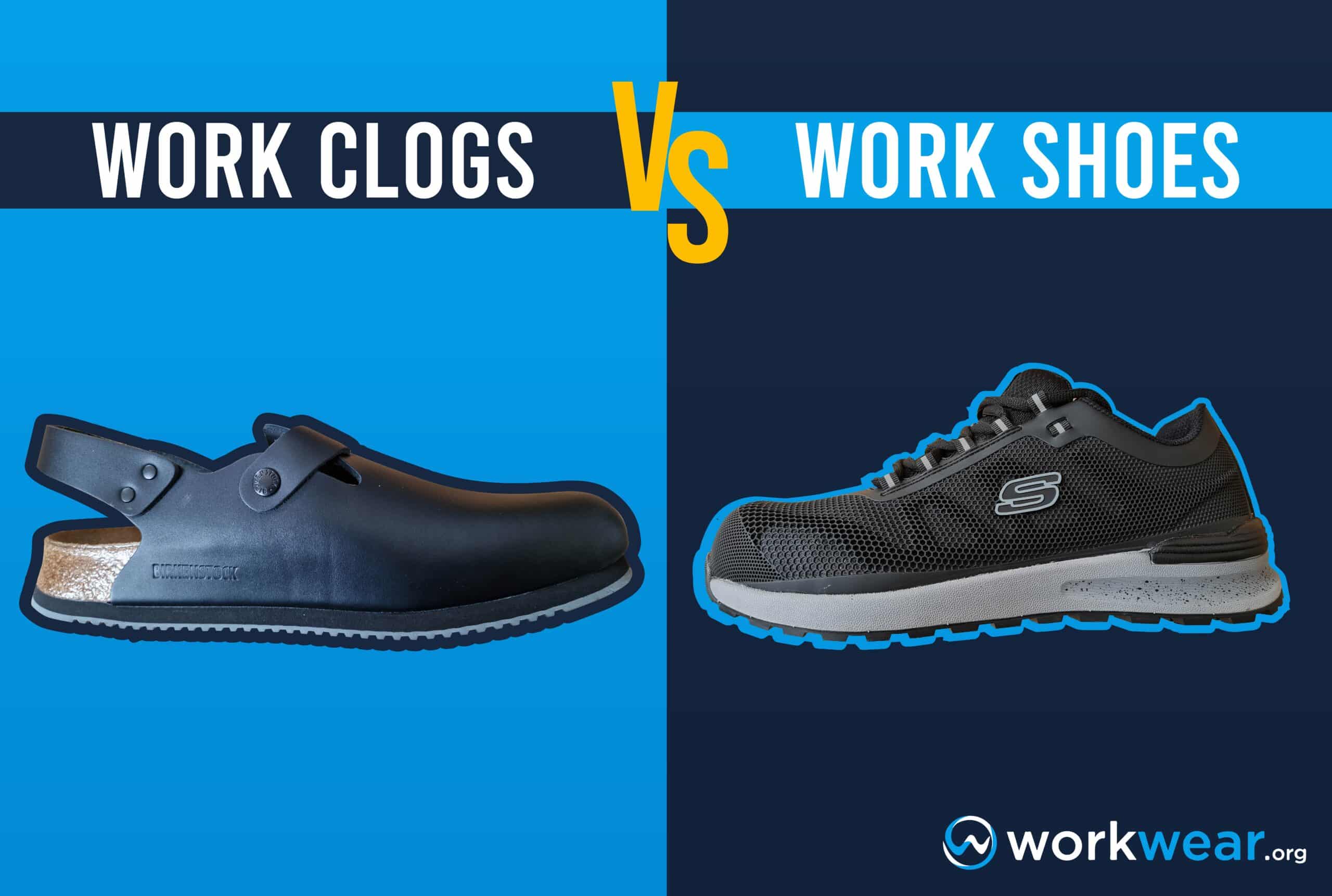
Choosing the right work shoes can be a daunting task, especially with a plethora of options available. When it comes to selecting footwear for work, two popular styles are work clogs and shoes with sneaker-like profiles. It’s important to consider both the appearance and functional aspects when making a decision. While both styles have a more casual look compared to traditional leather work shoes, they each offer unique benefits that may better suit your needs. In this article, we will discuss the functional aspects of work clogs and shoes based on more than two hundred clogs and work shoes that we have personally tried.
Work Clogs
Work clogs are designed to deliver the same effortless comfort as casual clogs – but they’re enhanced with features that make them more suitable for work environments.
They look similar to the clogs often used for light chores and short outdoor errands but are often made with sturdier materials to keep up with the demands of professional settings. Work clogs usually have relaxed fit designs to give the feet enough space to move naturally, making them suitable for jobs requiring long hours of being upright or continuously walking around the workplace.
Their lace-free structures are quicker to slip into because they don’t have laces that need to be fixed with every use.
Key Advantages of Work Clogs
Roomy interior
Many people choose work clogs over other shoe styles because of their relaxed fit.
The interiors are spacious enough to allow the toes to spread normally and comfortably.
This prevents painful pinching and friction, which can occur when the feet are forced into a tight space for prolonged periods – especially when there’s a lot of walking involved. With ample wiggle space for the toes, cramping can be easily prevented over long shifts.
Convenient slip-on design
Work clogs are built with slip-on designs that are quicker to wear than conventional lace-up work shoes.
They may come with or without a back strap to hold the foot inside so it doesn’t slip out with every step. The slip-on style cuts the prep time because there are no laces to deal with. Work clogs are a great choice for those needing to change their footwear when starting a shift, such as food service professionals or healthcare professionals.
Supportive soles
Clogs for professional use typically have thick soles that support the feet all day.
The supportive soles help stabilize walking, so it becomes safer – and if needed, faster – to walk on tricky surfaces in the workplace.
They often have good arch support to prevent fatigue and promote correct foot alignment, enhancing comfort and stability even with non-stop walking.
Typically, flexible
Work clogs are usually built with materials that easily flex with the foot’s motion.
These flexible clogs are more comfortable for walking because they don’t restrict the natural gait but move along effortlessly.
The flexibility of work clogs makes them suitable for jobs involving a lot of walking, crouching, and kneeling since the clogs can easily accommodate these activities without causing discomfort.
Casual, versatile design
Work clogs have casual designs that go well with uniforms and non-formal attire.
Their styles are suitable for more laidback work environments that don’t require more professional-looking or formal outfits.
The casual profiles of work clogs can be enjoyed long after the shift ends as they still look quite at home in more laidback settings.
Breathable structures
Work clogs typically have breathable designs to protect the feet against overheating, especially after continuous use.
The clogs may be built with ventilation holes on top or sides, keeping the air flowing freely while encouraging excess heat to escape.
The holes prevent the clogs’ interior from becoming uncomfortably warm and minimize the risk of excessive sweating.
Often lightweight
High-quality clogs for professional use generally come in lightweight profiles. As a result, they may look bulkier than other work shoes but the materials used – such as rubber or PU – keep the weight to a minimum.
The reduced weight makes work clogs comfortable for all-day use since they don’t drag heavily with every step.
The absence of safety enhancements (such as metallic toe caps) also contributes to the clogs’ limited weight.
Key Disadvantages of Work Clogs
No/few safety features
Work clogs have straightforward, comfortable, supportive designs – but they don’t do much regarding foot protection.
The soft, flexible materials won’t protect the feet against workplace hazards such as falling objects.
A few work clogs come with safety toes, but this isn’t very common.
Bulky look
Work clogs often have bulky designs to compensate for the ultra-roomy interiors.
Although the materials used for their construction are often lightweight, the clogs’ bulk can sometimes get in the way and cause awkward foot movements. This is especially true for work areas that are cramped or too tight.
Too casual for some professional settings
The aggressive profiles of work clogs can be used with uniforms and other casual work attire, but they won’t look appropriate for more professional or formal environments.
Unlike some work shoes that can be used in indoor offices, work clogs have a more industrial look that can only look appropriate in the kitchen, service industries, and healthcare settings.
Uses of Work Clogs
Work clogs are suitable for informal work conditions, such as the places where these professionals do their jobs:
- Nurses
- Foodservice/dining room staff
- Kitchen cleaners
- Cooks/chefs
Work Shoes
Work shoes with sporty profiles are used in casual work environments but are more versatile than work clogs.
Depending on their styles, they’re typically more streamlined than clogs, so they blend in more easily with different work attire – which is why some people still prefer work shoes over clogs.
Sneaker work shoes can have safety features, providing superior foot protection in hazardous work conditions. In addition, they’re more lightweight than traditional work shoes, so they can be easier to wear over long periods – especially the ones with comfort enhancements fitted in.
Key Advantages of Work Shoes
Wide variety of designs
Work shoes with sneaker profiles are made with various materials and styles.
They can showcase styles that look almost exactly like basketball or running shoes and come in different colors. On the other hand, sneaker work shoes are made with leather and offered in neutral colors, giving them a professional silhouette that looks appropriate even in indoor office settings. With many design options, it’s easy to find a sporty work shoe style that will fit your personal preference and job environment
Versatile use
Work shoes are designed for professional settings but can also be enjoyed off the clock. They typically have athletic styles that go well with informal work attire and more laid-back clothing.
This makes transitioning from the job site to more social or relaxed conditions easier without worrying that the footwear will look out of place.
Sneaker-like work shoes are also comfortable for light activities and errands outside the work area.
Comfort features
Sporty work shoes often have features that are focused on enhancing foot comfort.
Some enhancements include shock-absorbing insoles or midsoles, strong arch support, and pressure-relieving footbeds.
These features are not normally found in work clogs that are mostly made with the same material throughout. Depending on their comfort enhancements, sneaker-like work shoes keep the feet comfortable for the entire day while delivering high-performance use.
Lightweight
Work shoes with sneaker styles generally weigh less than traditional work shoes made with leather uppers.
The minimized weight translates to improved foot comfort since the shoes don’t cause a strained feeling that can come from extremely bulky footwear.
The lightweight designs allow the feet to move naturally without being dragged down by uncomfortable weight.
Safety enhancements
Like regular leather work footwear, sneaker work shoes often have several safety features.
These components protect the feet against serious injuries that may occur when coming in contact with safety hazards in the work area.
Workplace foot safety can be enhanced with the help of safety toe caps, electrical hazard protection, and puncture-resistant soles that can be included in work shoes’ construction.
Often flexible
Work shoes with sneaker-like profiles are often as flexible as sports sneakers.
Their uppers usually have textile sections that easily follow the foot’s motion and are more pliable than leather parts. The soles also flexed with each step, making walking much easier and more comfortable, even for extended periods.
More breathable than leather
Work shoes built with textile or mesh uppers encourage more air. As a result, they protect the feet against an uncomfortably sweaty, hot feeling that can develop after hours of continuous shoe use.
The breathable uppers also enable the quick dissipation of moisture to keep the feet feeling fresh and dry for a long time, even in humid or hot work environments.
Strong traction
Work shoes that look like sneakers deliver the strong grip needed for professional use. Their outsoles may be flexible, but most have a high traction level to promote improved safety while walking on tricky surfaces.
These shoes are grippy enough to prevent slipping on most surfaces but are more comfortable for walking because they effortlessly flex with each step.
Key Disadvantages of Work Shoes
Not as roomy as work clogs
Athletic work shoes are comfortable but not as spacious as work clogs.
The soft textile uppers don’t pinch as much as thick leather, but they can still limit the feet’s movement – unlike work clogs that allow the toes to spread out naturally for all-day comfort. Work shoes don’t offer the wide range of motion that work clogs can because of their roomy designs.
Not as breathable as clogs
Sneaker work shoes may not be as breathable as clogs, and they also cannot be worn barefoot like clogs. This is because work shoes are designed to provide support and protection for your feet, and going barefoot can compromise their effectiveness.
Clogs’ design focuses more on comfort and breathability, which is really important for certain professions.
Uses of Work Shoes
Sneaker work shoes are ideal for a wide variety of jobs with casual or informal environments, such as the following:
- Construction workers
- Car mechanics
- Retail sales staff
- Plumbers
|
Pros |
Cons |
|
|---|---|---|
| Work Clogs |
|
|
| Work Shoes |
|
|
Personal Testing Experience
Here are our experiences while using a pair of each of high-quality work clogs and work shoes. The Birkenstock Tokio Super Grip Clog has a durable PU structure that can be cleaned conveniently and easily sanitized after shifts. We’re impressed with the outstanding slip resistance that protected us from slipping accidents, while the shock-absorbing heel worked hard to fight foot fatigue. The signature cork-latex footbed offered excellent arch support and amply cushioned our feet – but the sole felt too rigid and sometimes limited our feet’s mobility. On the other hand, the Keen Utility Vista Energy ESD Shoe had a sporty design that’s still sleek enough to look suitable for worksites. It’s an exceptionally durable shoe with composite toe caps to guard the toes against dangerous compression and impact. We appreciate the ESD sole and a heel capture system that secured our feet in place – although we often felt the safety toe caps pushing down on our toes even when we were not walking.
Conclusion
Work clogs and shoes are designed to keep up with the demands of various work environments. Compared to their more casual (non-work) versions, work shoes and clogs are built for professional use, even if they don’t look as formal as traditional leather shoes and boots. Both styles are suitable for informal job areas where casual wear is the norm and are versatile enough to be used even off work. However, each style has merits and downsides that need to be considered to ensure that the best work clogs or shoes will be chosen to address the specific job’s requirements.
FAQs
- Are sneaker work shoes appropriate for indoor office settings?
- It depends on the design. Those with more streamlined profiles and neutral colors can be suitable for indoor offices that call for casual wear. However, sneaker work shoes with bulky, colorful styles may need to be more appropriate for some office environments.
- Are work clogs always breathable?
- Not always – it depends on the clogs’ structure. Work clogs with holes for ventilation allow continuous air flow and are more breathable than those with closed uppers and no ventilation holes.
- Do work shoes with sneaker-like designs feel more comfortable than leather work shoes?
- Generally, sneaker work shoes with soft, flexible designs are more comfortable than heavy-duty leather work shoes. However, leather work shoes with technologies and components for superior comfort may be much more comfortable than sneaker work shoes without these enhancements.
- Do work clogs look good with casual clothing?
- Some work clogs with slimmer designs can blend nicely with jeans and other casual attire options. However, the bulkier styles may look awkward when paired with clothes other than professional uniforms.

